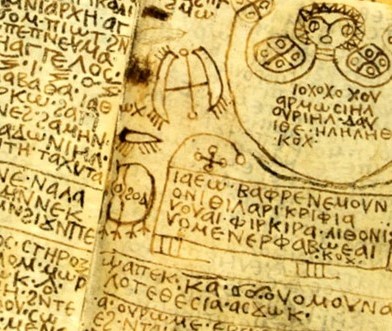Australian scientists have successfully decoded an ancient handbook containing magical spells from 7th-century Egypt. Named *The Handbook of Ritual Power*, the manuscript contains love spells, methods for exorcising evil spirits, and even cures for hookworm infections—a dangerous disease that persists to this day.

According to *Live Science*, the spells are written in Coptic, the language of the Egyptian Church, and the codex is made of parchment. Estimated to be around 1,300 years old, it was purchased by Macquarie University in 1981 from antiquities dealer Michael Fackelmann, though its origins before that remain a mystery.
Researchers Malcolm Choat and Iain Gardner believe the dialect used in the text suggests it may have originated from Upper Egypt, possibly near the ancient city of Ashmunein, also known as Hermopolis. The handbook begins with a lengthy invocation, illustrated with drawings and “words of power.” It then outlines various rituals and spells designed to cure people possessed by demons, treat other ailments, or bring luck and success in love and business.
One particularly intriguing spell in the codex grants the ability to control others. To perform it, the spellcaster would read an incantation over two nails and then drive them into the right and left sides of a doorstop.

By the time the book was written, Christianity had already spread throughout Egypt, so several references to Christ are present in the text. However, the codex also mentions the Sethians, a group that worshipped Seth, the third son of Adam and Eve. Viewed as heretical by Church leaders, the Sethians were largely eradicated around the time the codex was compiled.
Scholars believe the book was created before the Sethian spells were purged entirely. They speculate that the spells might have originally existed as separate documents before being compiled into a single “ritual power tool.” When asked about potential users of the codex, Choat stated: “It’s possible that people outside the clergy or priesthood also used the handbook, but exactly who they were remains a mystery, as no one wanted to be labeled as a ‘sorcerer’ during that time.”
Video
